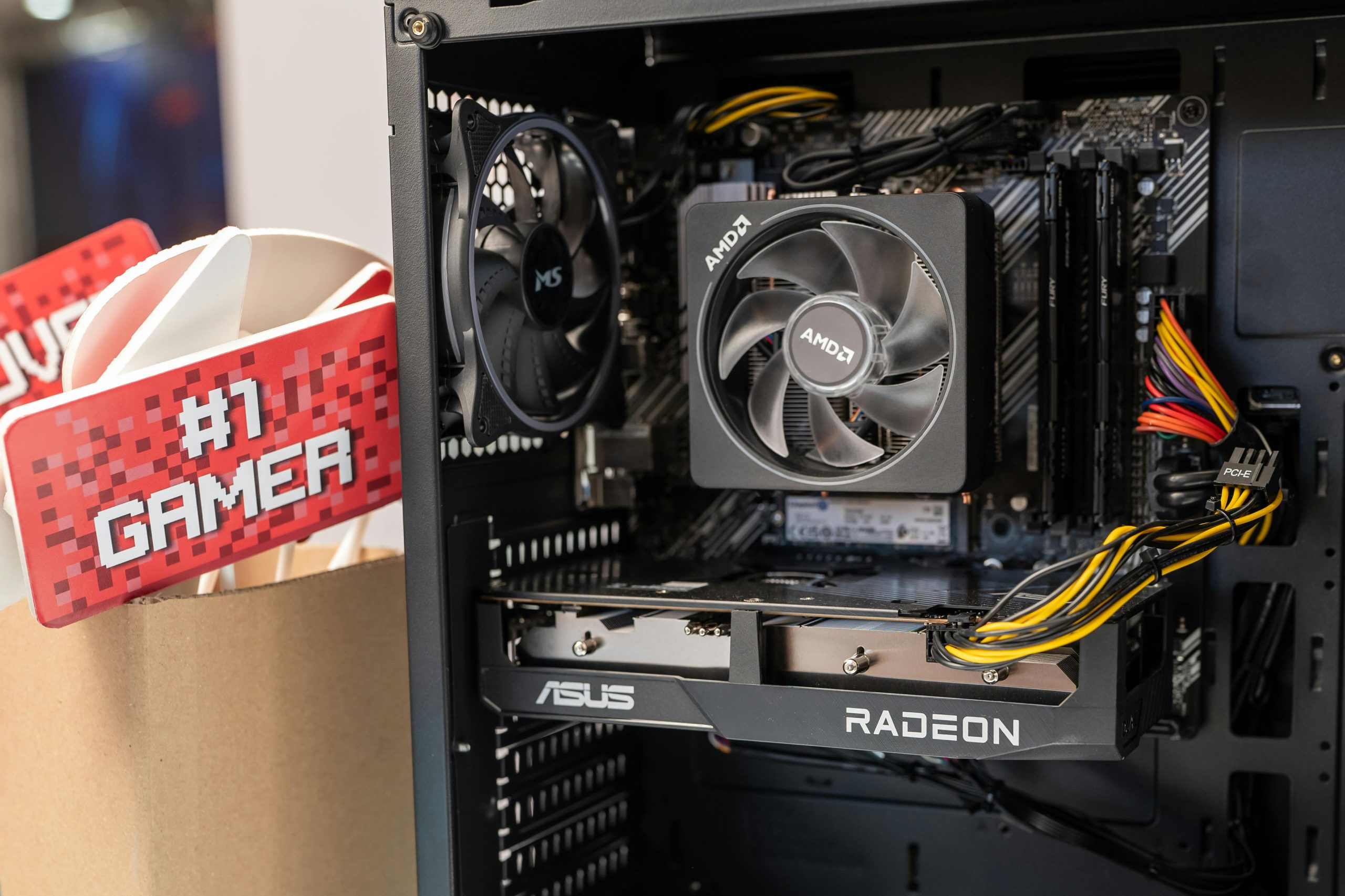Utilizing Integrated Graphics and Dedicated GPU: A Guide for Dual Monitor Setup
Setting up a dual monitor configuration can significantly enhance productivity, especially for multitasking and immersive gaming experiences. If you’re looking to leverage both your integrated graphics, specifically the ATI Radeon 3000, and your dedicated graphics card, the Sapphire Radeon HD 7750, you’ve come to the right place.
Understanding Your Hardware
You’re currently using an Asus M5A78L-M USB3 motherboard that offers a feature known as “Surround View.” This feature is designed to facilitate the use of multiple displays by allowing both the integrated graphics and the dedicated GPU to function simultaneously. However, configuring this setup can sometimes be challenging.
Steps to Enable Dual Graphics
If you’re keen on utilizing both your integrated graphics and dedicated GPU to connect two monitors—one via VGA (integrated) and another via HDMI (dedicated)—here’s a straightforward guide to help you get started:
1. Enter the BIOS Setup
The first step is to access the BIOS of your motherboard. Restart your computer and press the designated key (usually Del or F2) during boot-up.
2. Locate and Configure Surround View Settings
Within the BIOS menu, navigate to the settings section related to “Advanced” or “Chipset.” Look for the option labeled “Surround View” or similar. To activate the option, set it to Auto or Enabled. This will allow both sets of graphics processors to be utilized.
3. Save Changes and Exit
After configuring the Surround View settings, make sure to save the changes before exiting the BIOS. Your system will then reboot with the new settings in effect.
4. Connect Your Monitors
Once the operating system has loaded, connect your monitors. Use the VGA port on the motherboard for one monitor and the HDMI port on the Sapphire Radeon HD 7750 for the other.
5. Adjust Display Settings in Your OS
After connecting the monitors, you will need to configure display settings within your operating system. For Windows, right-click on the desktop and select “Display settings.” From there, you should be able to detect and arrange your displays as per your preference.
6. Troubleshooting
If you do not see any display from the integrated graphics, it could indicate that the settings were not correctly applied, or the drivers may need to be updated. Make sure that all drivers for both the integrated graphics and dedicated GPU are
Share this content:




Thank you for providing detailed information about your setup. To effectively utilize both your ATI Radeon 3000 integrated graphics and your Sapphire Radeon HD 7750 dedicated GPU simultaneously, here are some additional tips:
Hope these additional suggestions help you